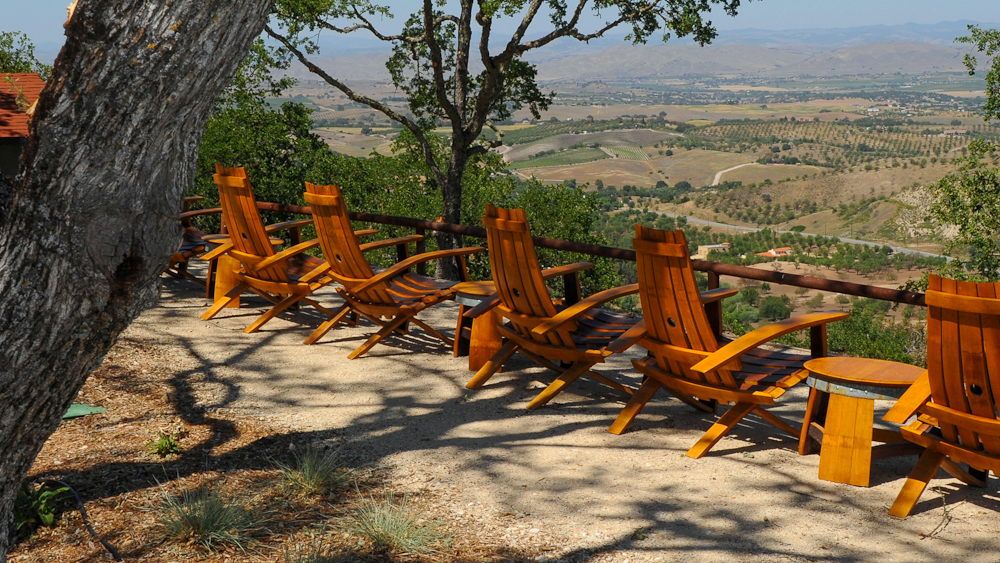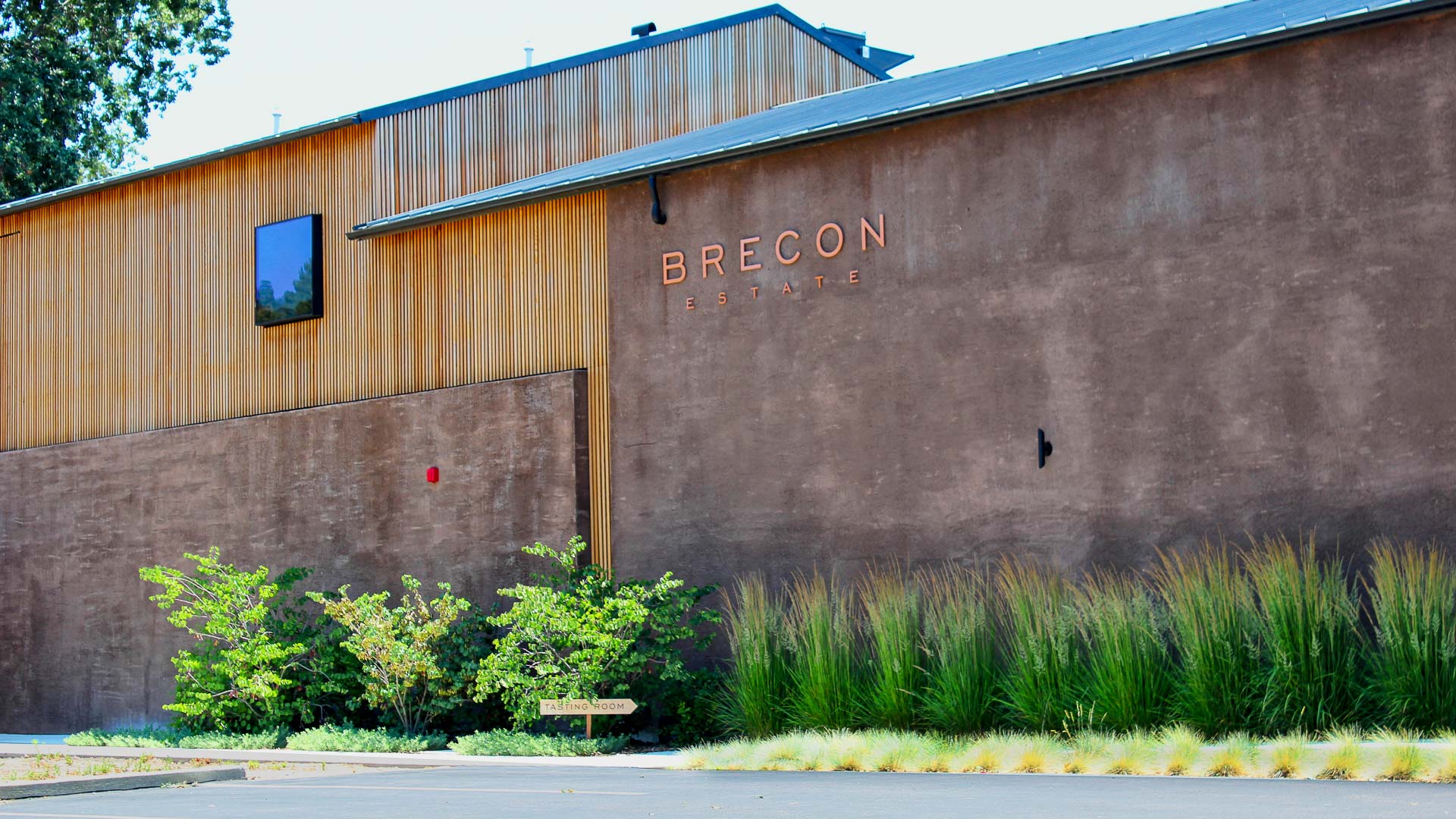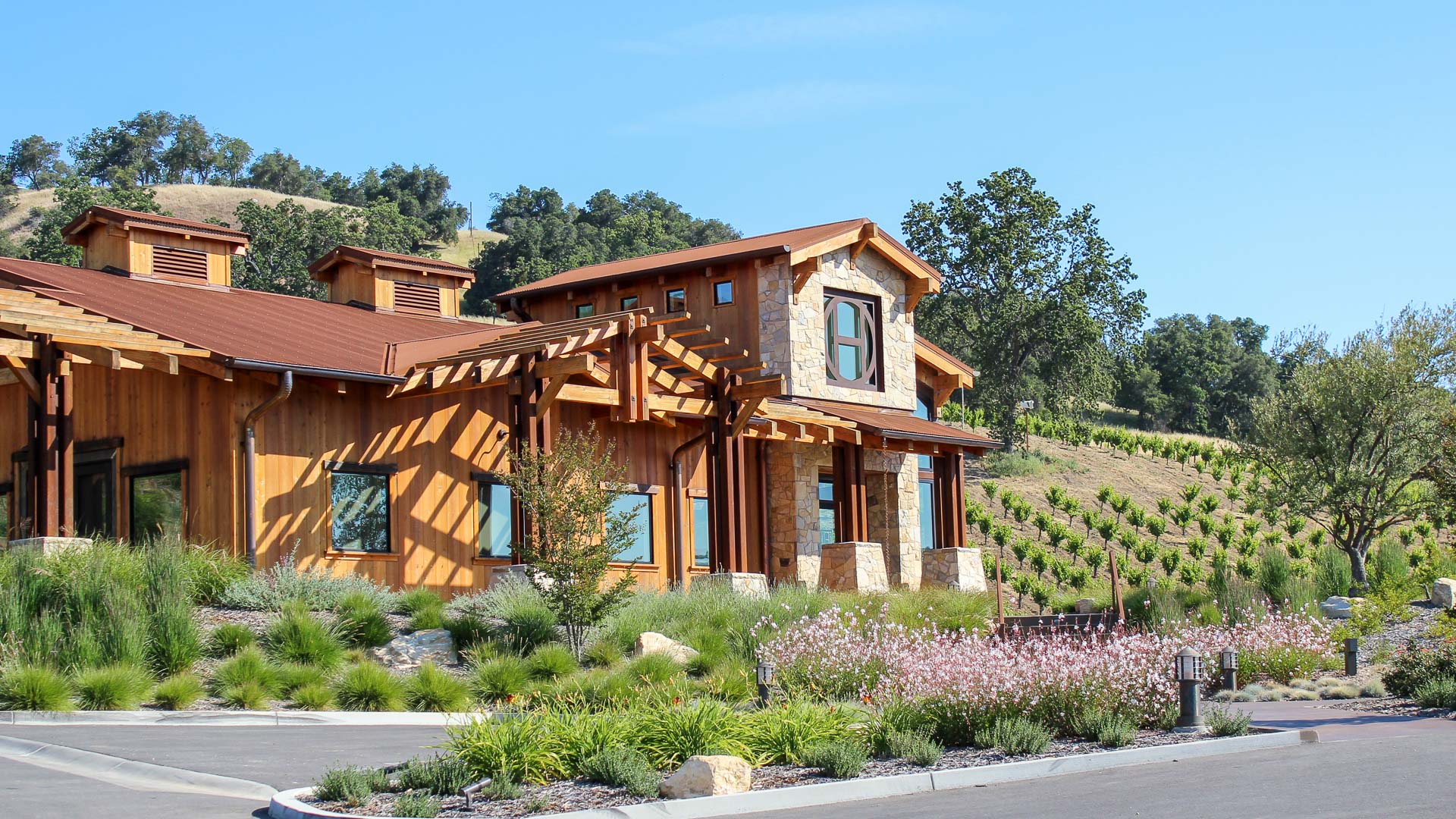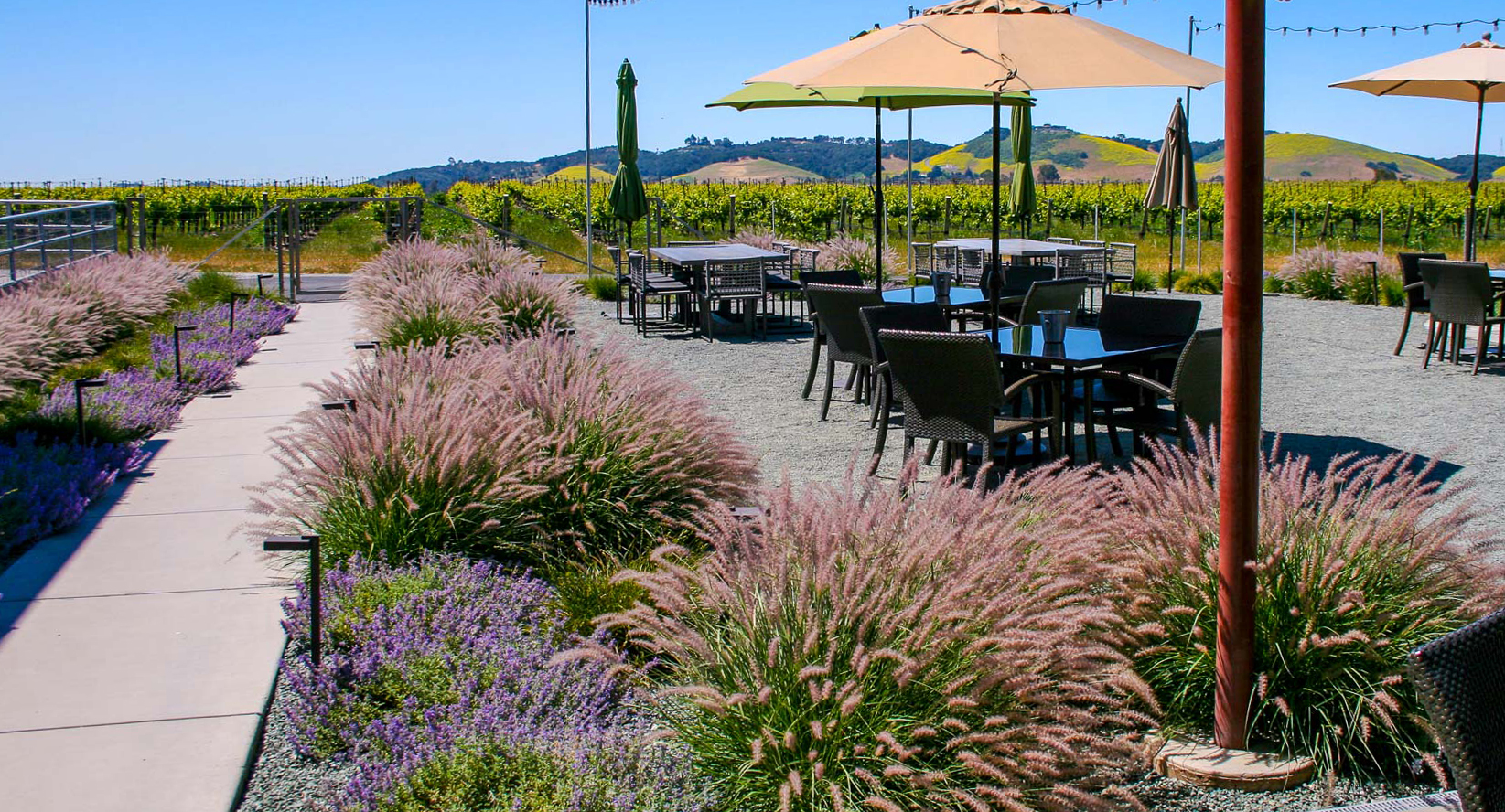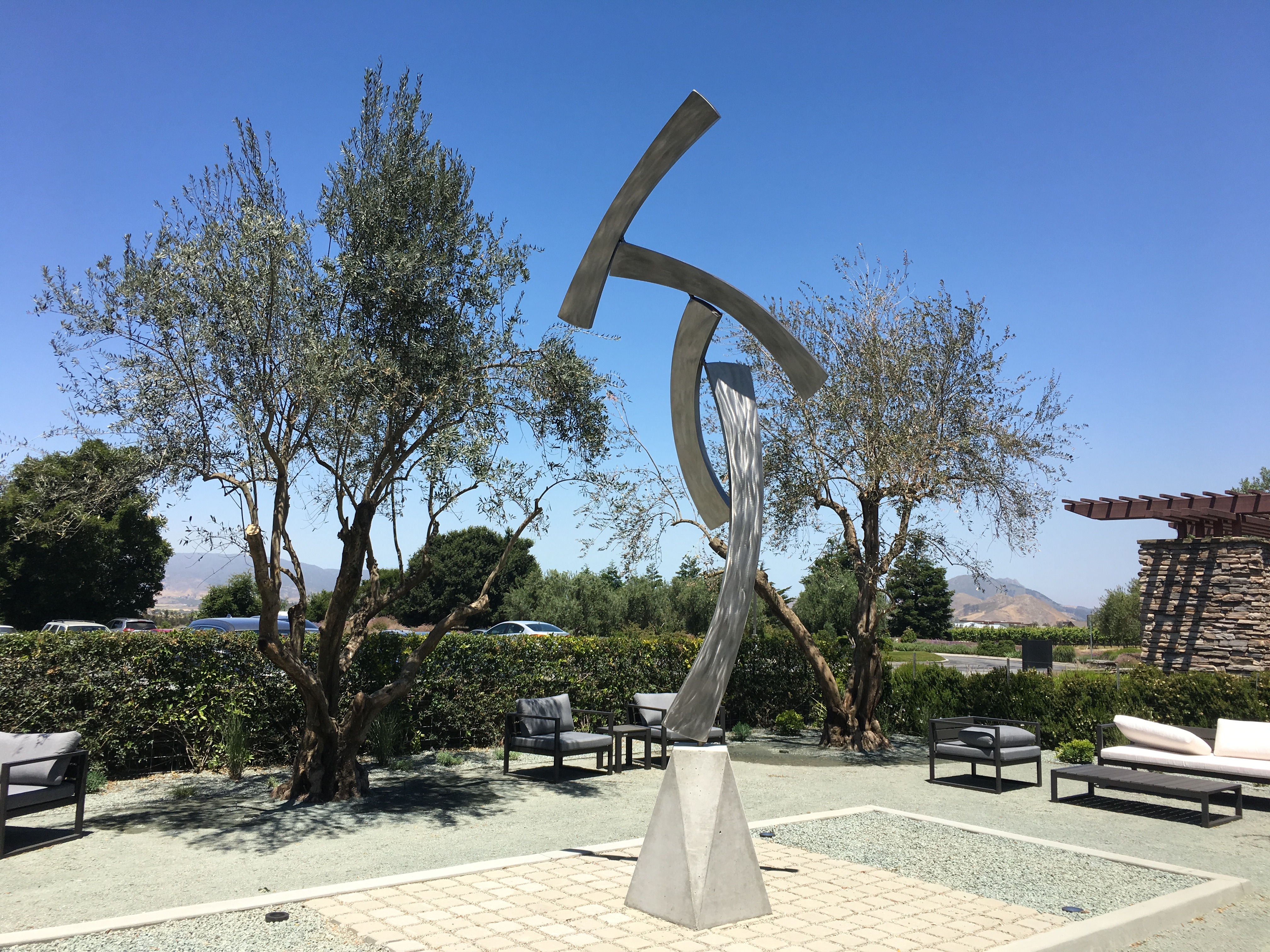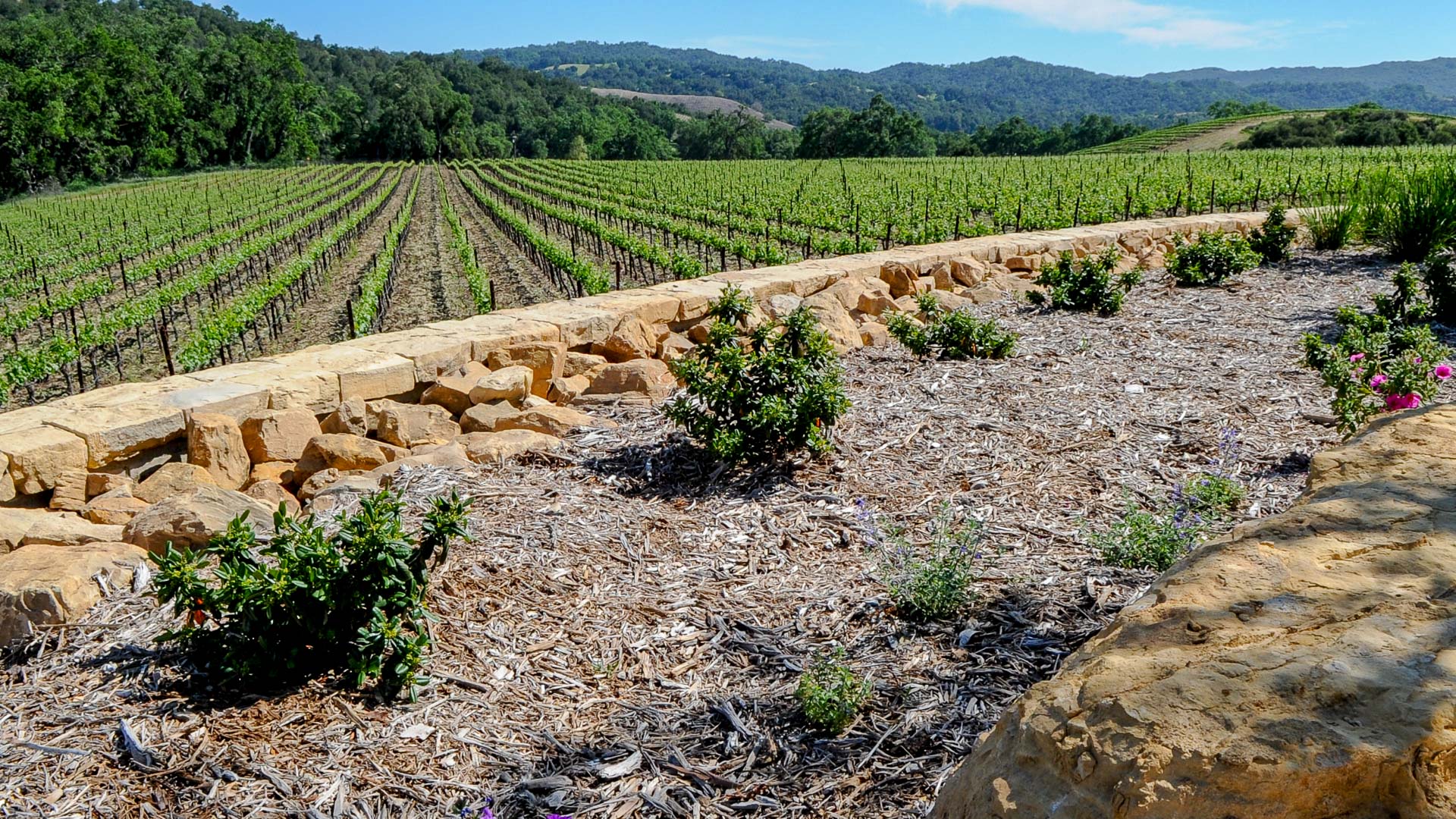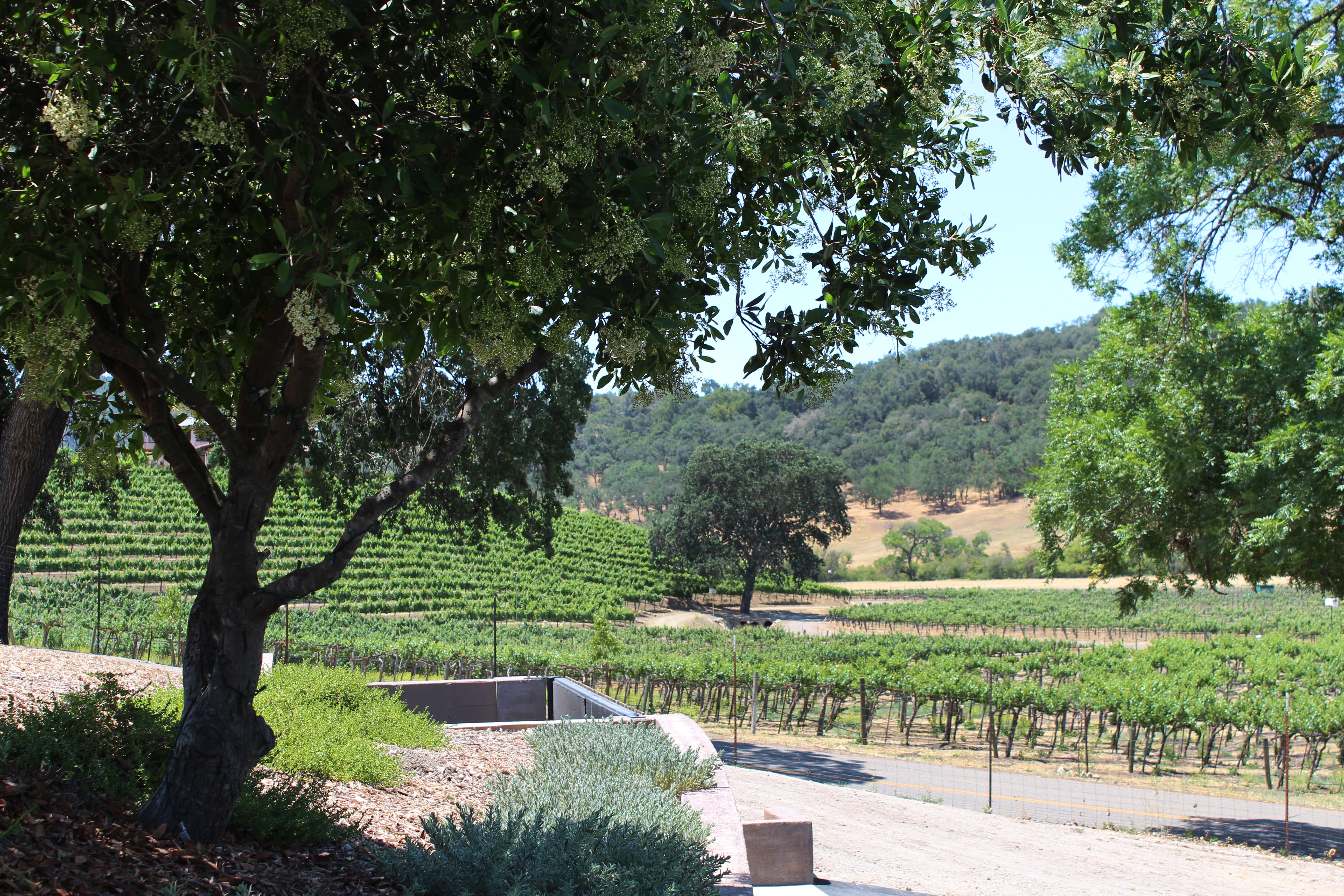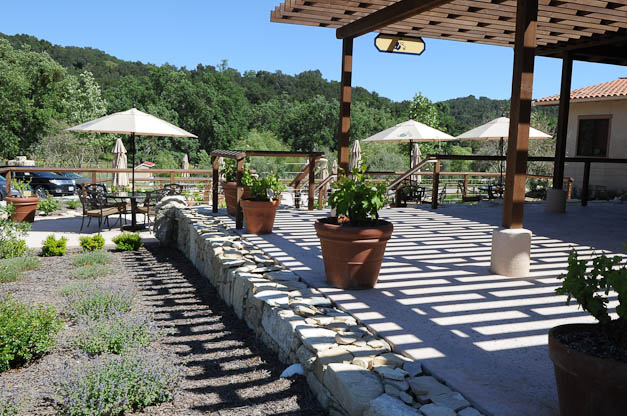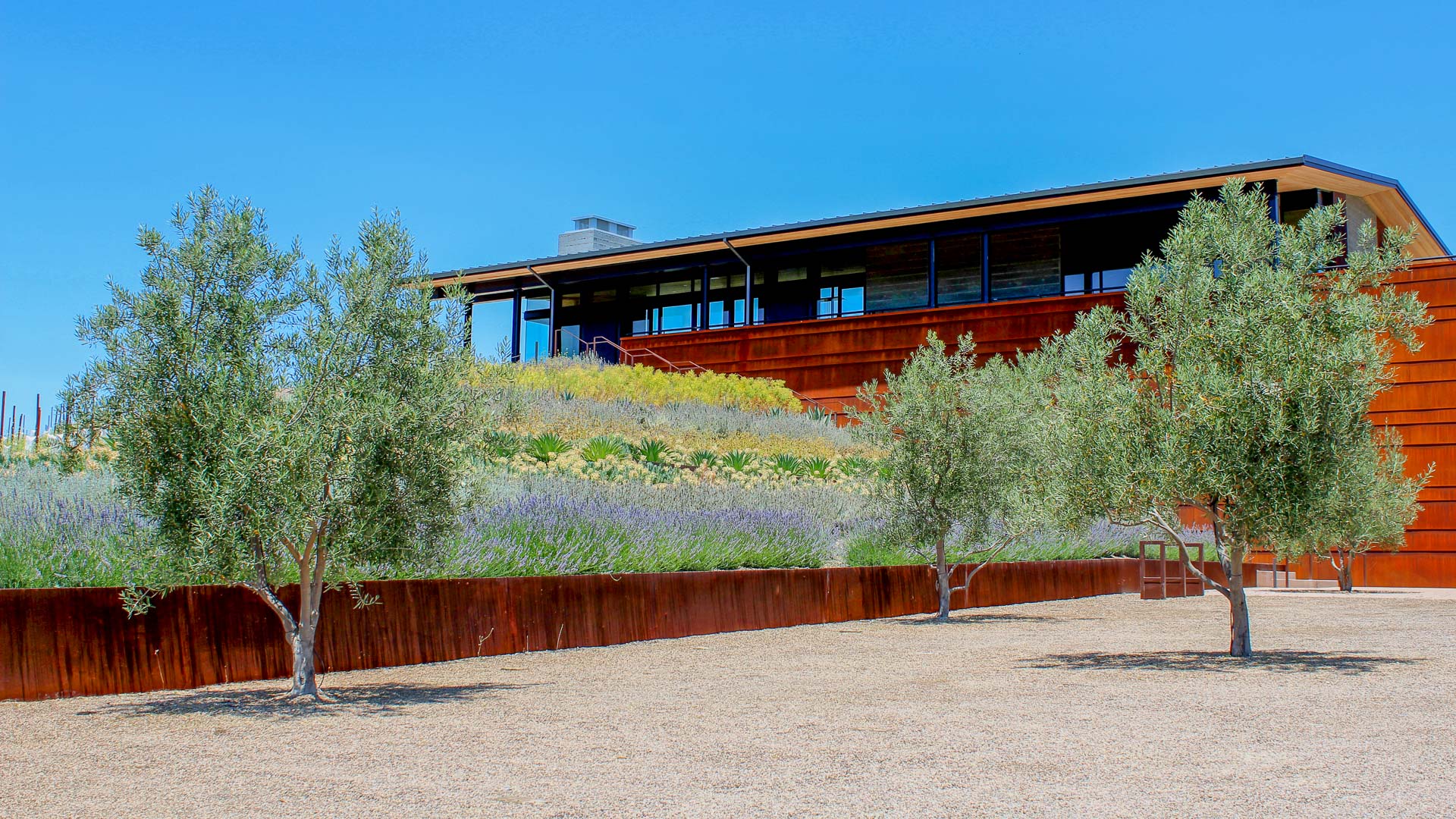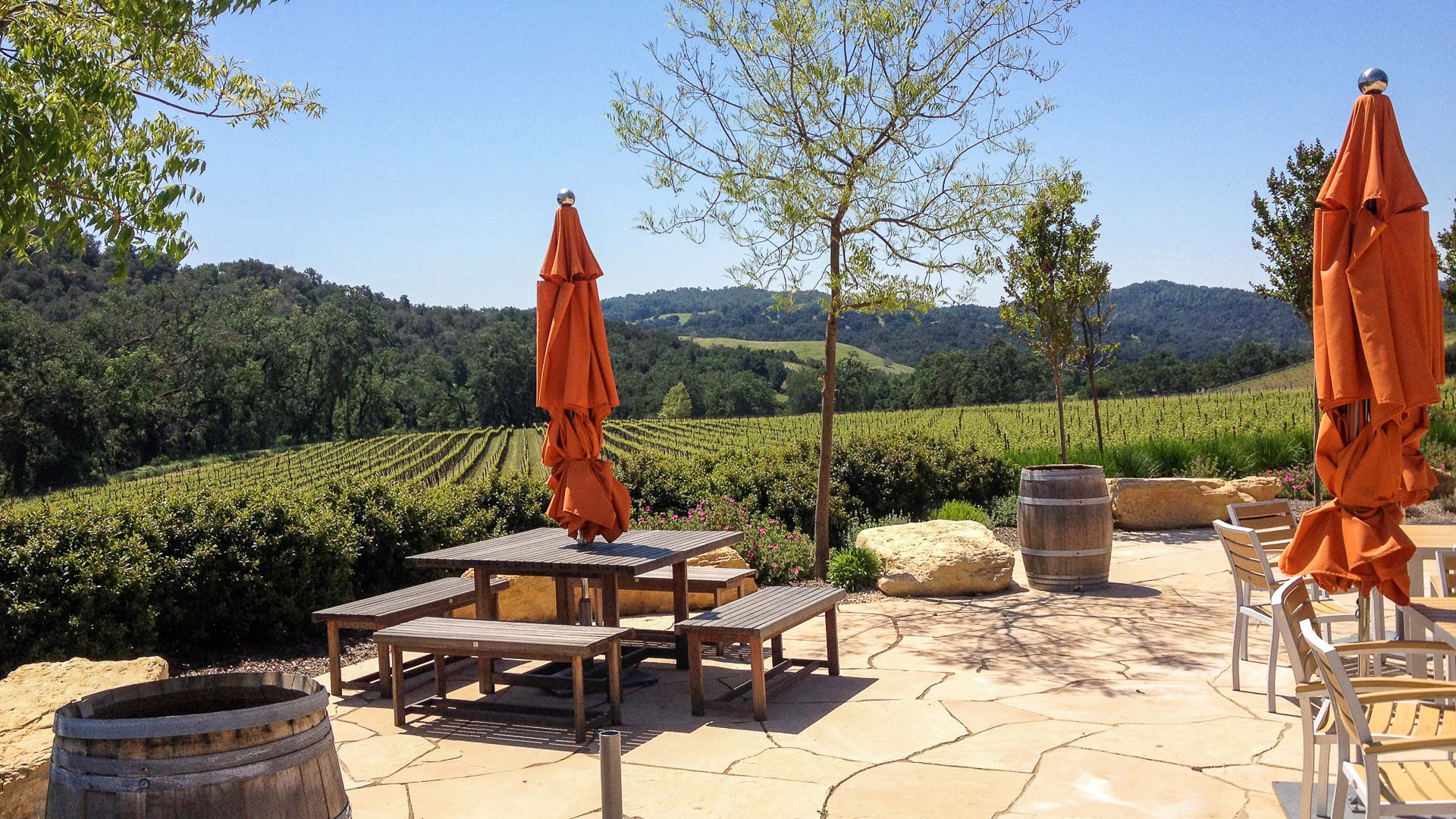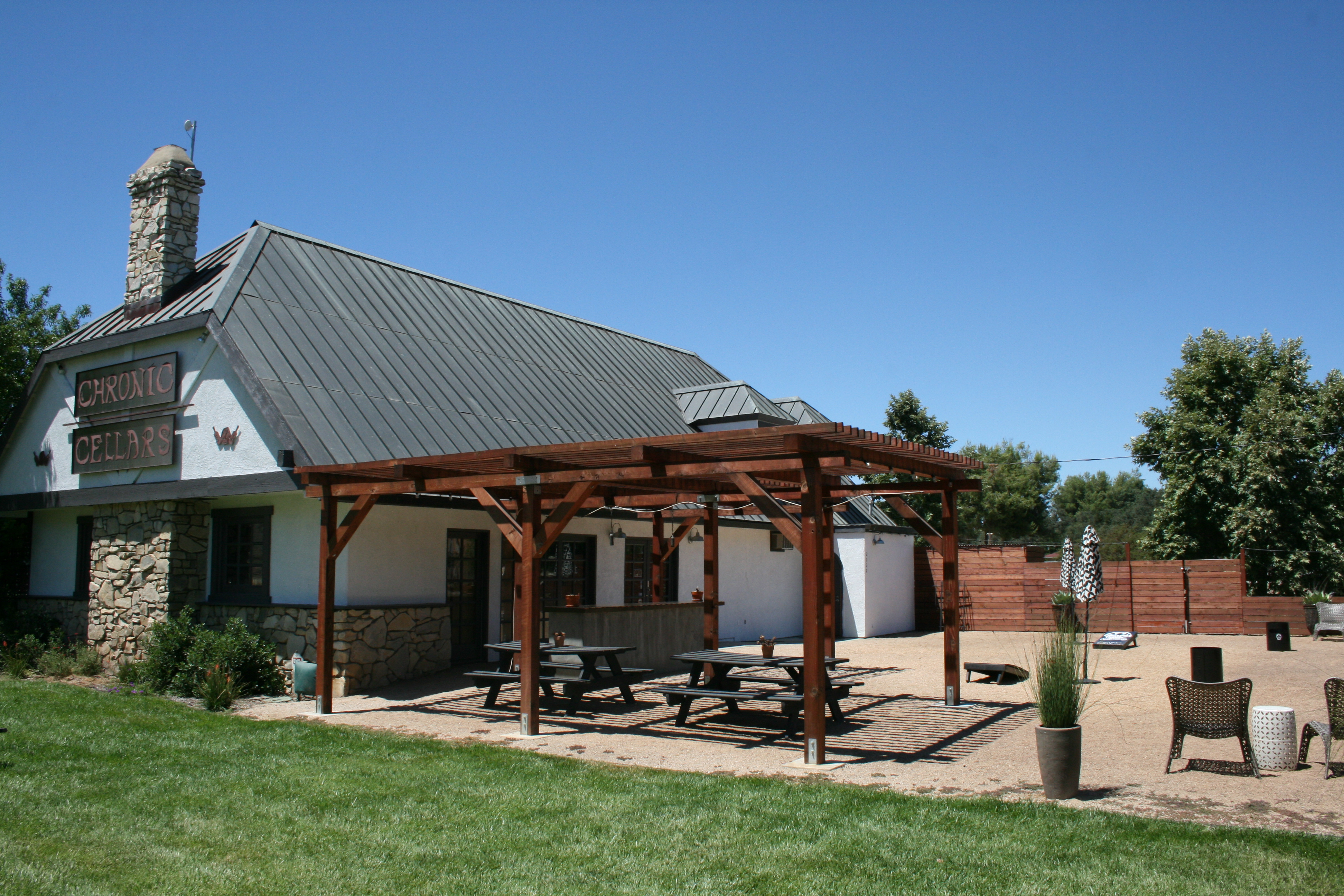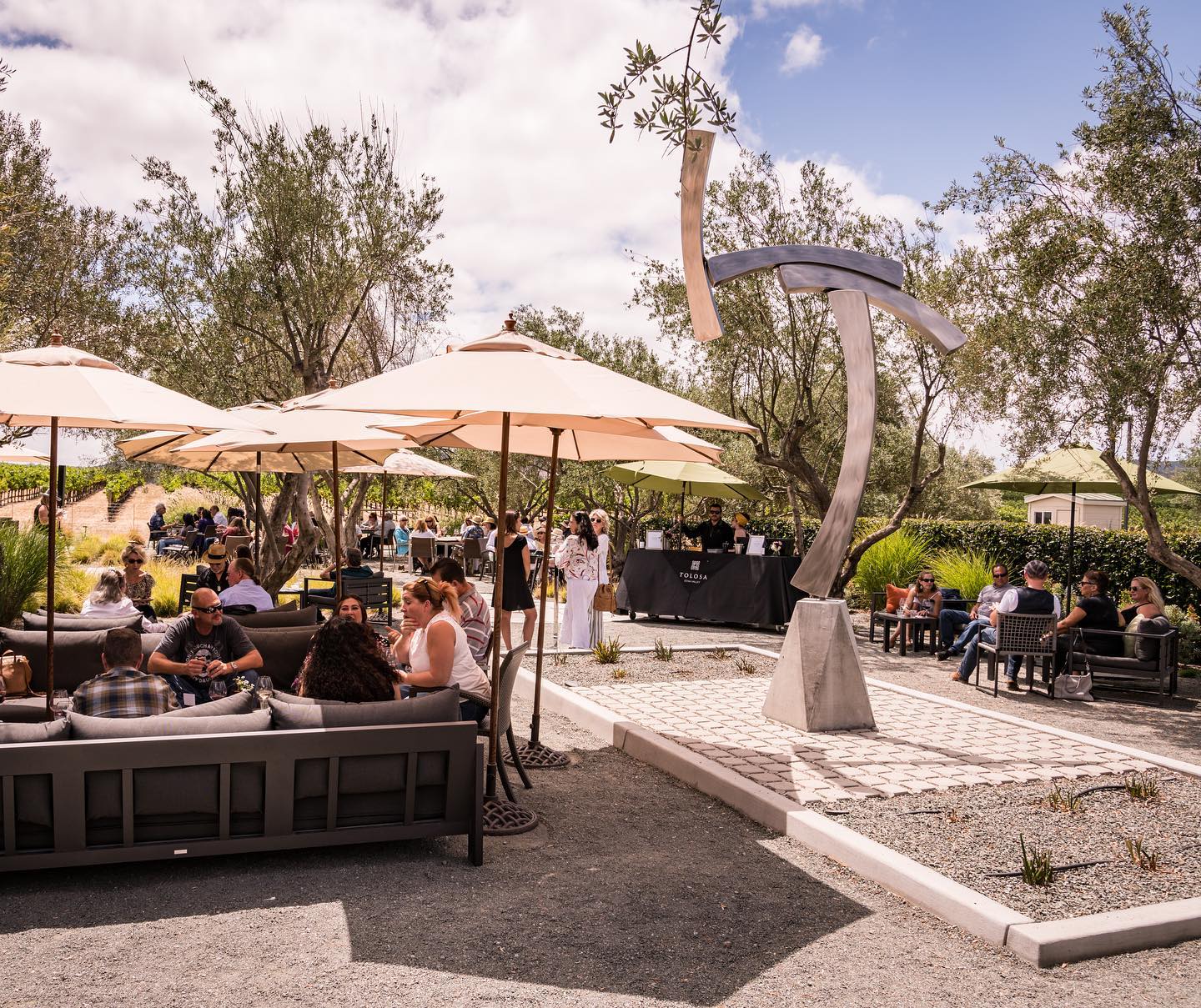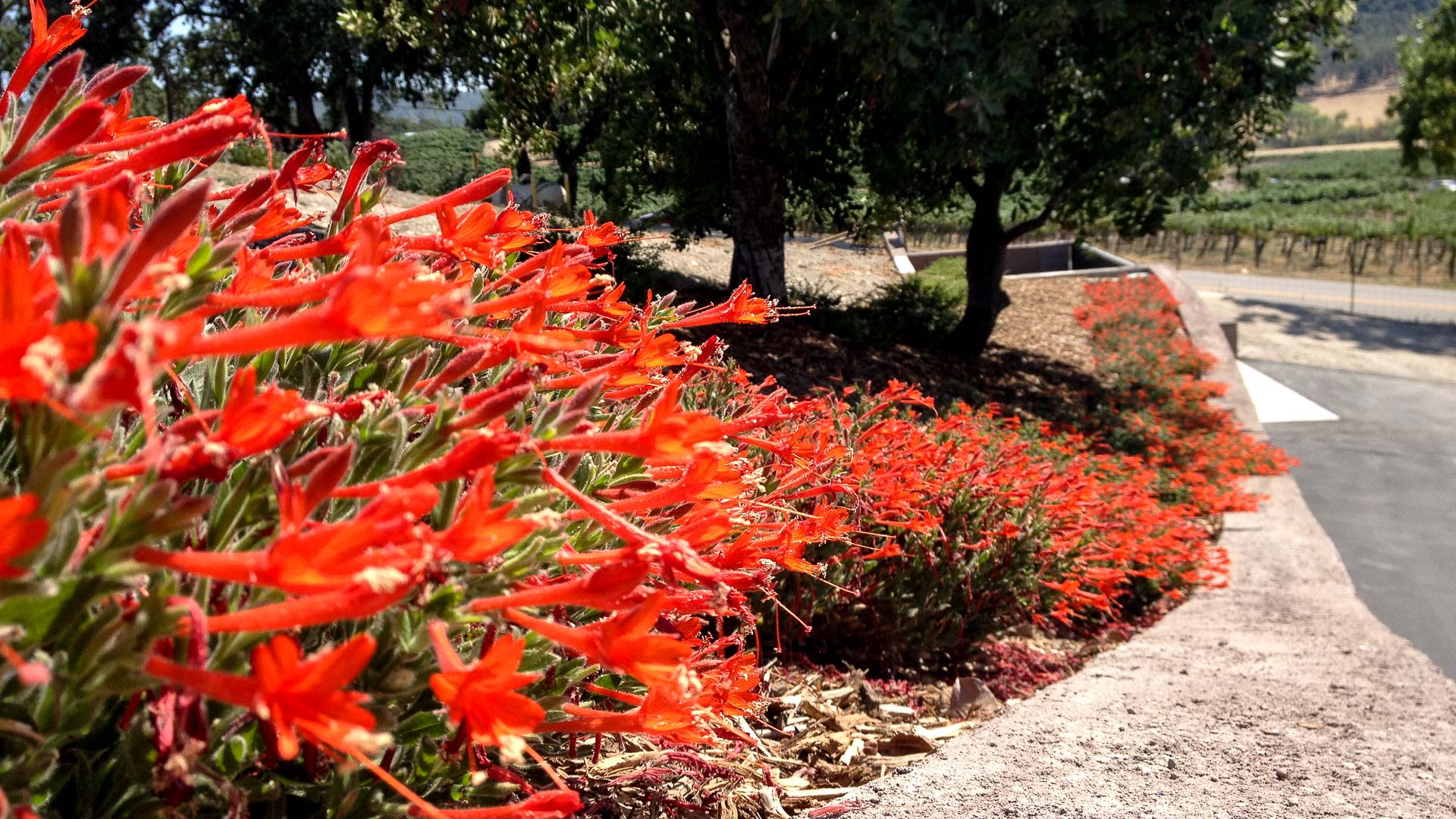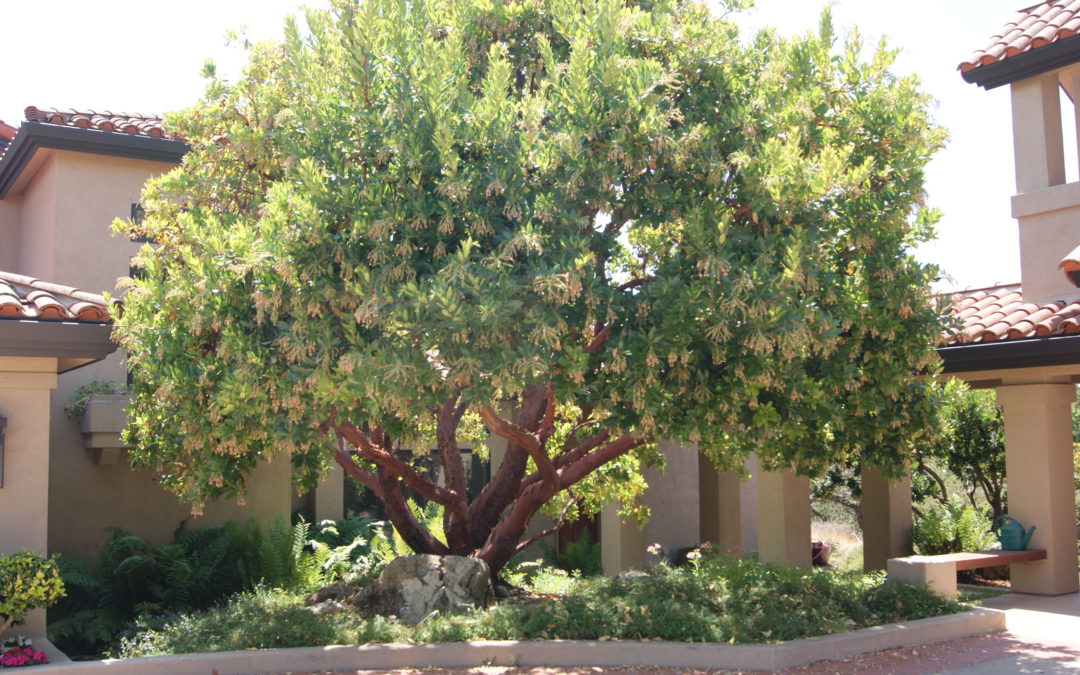
Tips for Creating a Lush, Sustainable Landscape
A Guide for Central Coast Homeowners
“Imagine a garden that rarely needs pruning, watering or fertilizing. One where natural controls usually take care of pest problems before the gardener even becomes aware of them. A peaceful garden where the sound of blowers, power mowers, or chain saws never intrudes. Imagine a garden that also serves as a climate control for the house, keeping it cool in summer and warm in winter; a garden that traps rainwater in an attractive streambed to deeply irrigate the trees and recharge the groundwater; one that provides habitat for wildlife and food for people. Imagine a garden that truly works. This is the sustainable garden—not barren or sacrificial, but as lush and beautiful as any other without all the struggle and waste.” – Author and landscape architect Owen Dell
If Dell’s description fills your heart with delight and your mind’s eye with images of your ideal oasis, a sustainable landscape is probably for you. Here are three vital components in creating a lush, sustainable landscape:
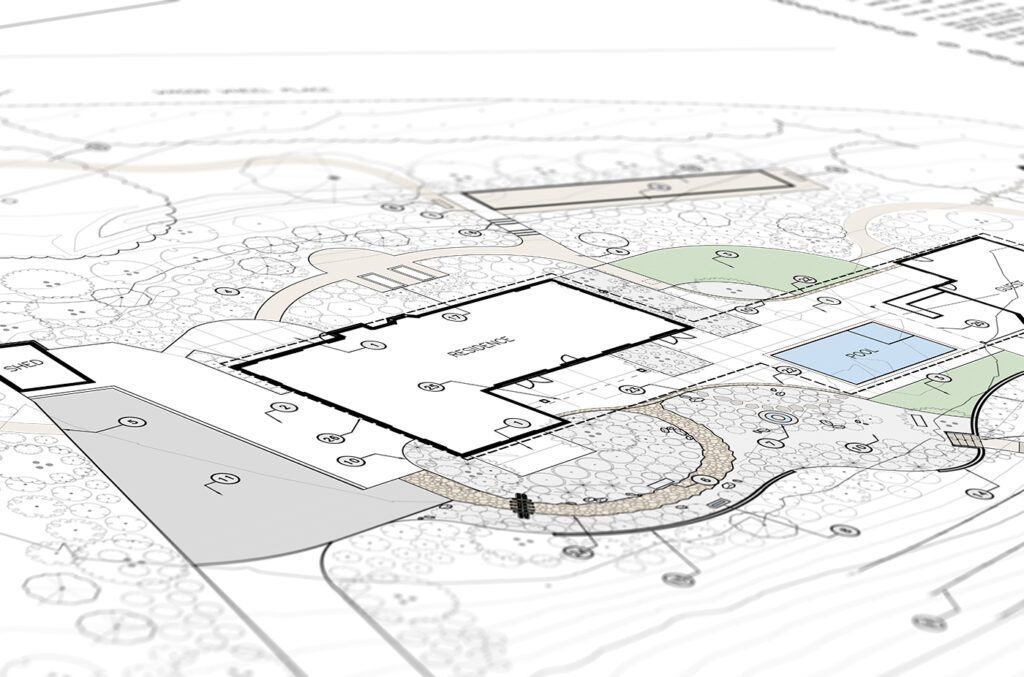
Central Coast ranch site plan
Good Planning
In considering your sustainable landscape, good planning is vital. Creating a design can save you time and money by sourcing an expert to help make the most of your space, time, and budget.
Your designer will ask, “What are the uses you’d like to incorporate?” Hardscape areas like patios, play areas and structures, or water features can all make your property work for you. When contemplating how you’ll be using the areas, think about the materials. Are they sustainably produced and sourced? Consider the Embodied Energy impacts, which include everything it takes to have a material available for your use.
Irrigation Systems
Any discussion of California landscaping will include irrigation. Irrigation systems need to be accurate, low-flow and timed appropriately to keep plants healthy and thriving. A well-designed system ensures your plants receive an appropriate amount of water.
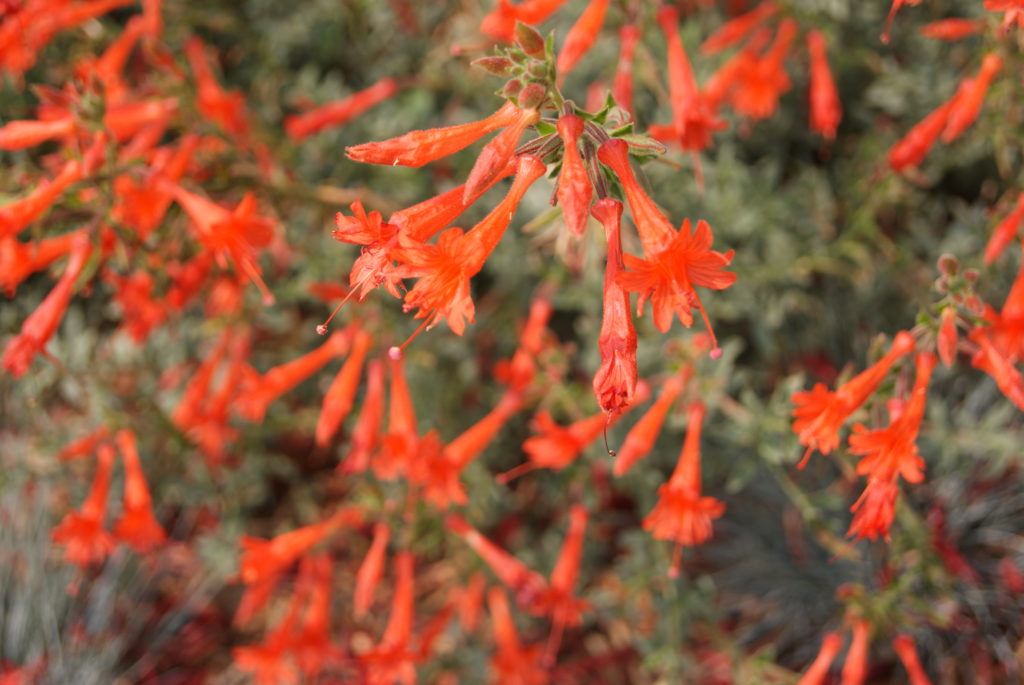
California fuchsia
Plants
When thinking about the plants—whether shrubs, trees, veggies or turf—think about conserving resources, especially over time. California Native Plants is an excellent resource for finding plants that will fit your goals and your design. Local native plants are often the most climate compatible and lowest maintenance choices.
These are just a few of the sustainable principles you can use as guidelines to maximize your landscape efforts. And in doing so, take advantage of living in the incredible region of California’s Central Coast. Make time to get out and enjoy yourselves in your gardens. They offer unique opportunities to unwind and relieve stress. Reconnect with things natural, beautiful and up close. Even in our own gardens we are connected in a very real way to the larger landscape, and how we have a responsibility to sustain the health and beauty of our beloved Central Coast. Let’s make it work for the long run.
Want more information on Central Coast resource-friendly landscapes? Here’s a short video hosted by our own Rick Mathews. Contact our landscape designers at [email protected] or (805) 466-6263.

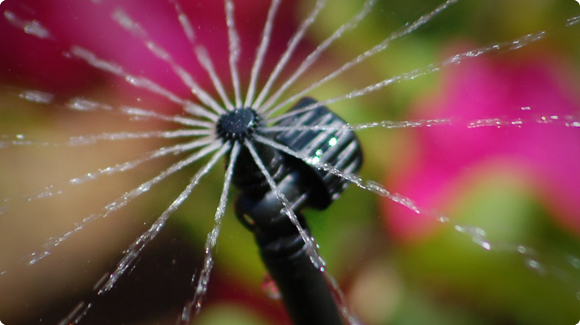
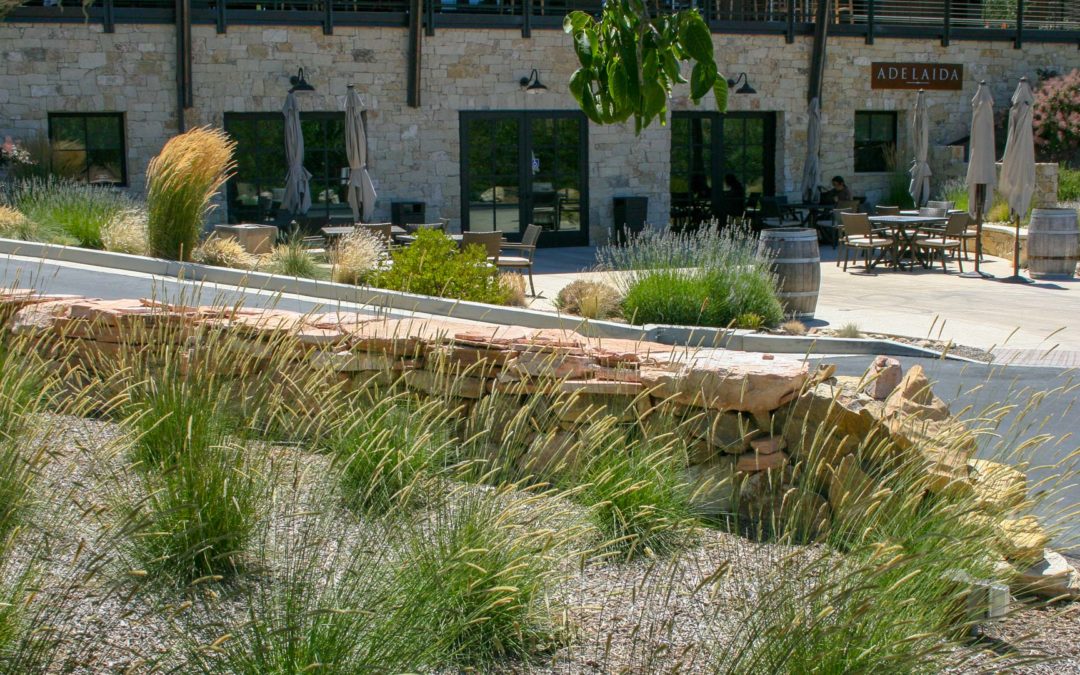

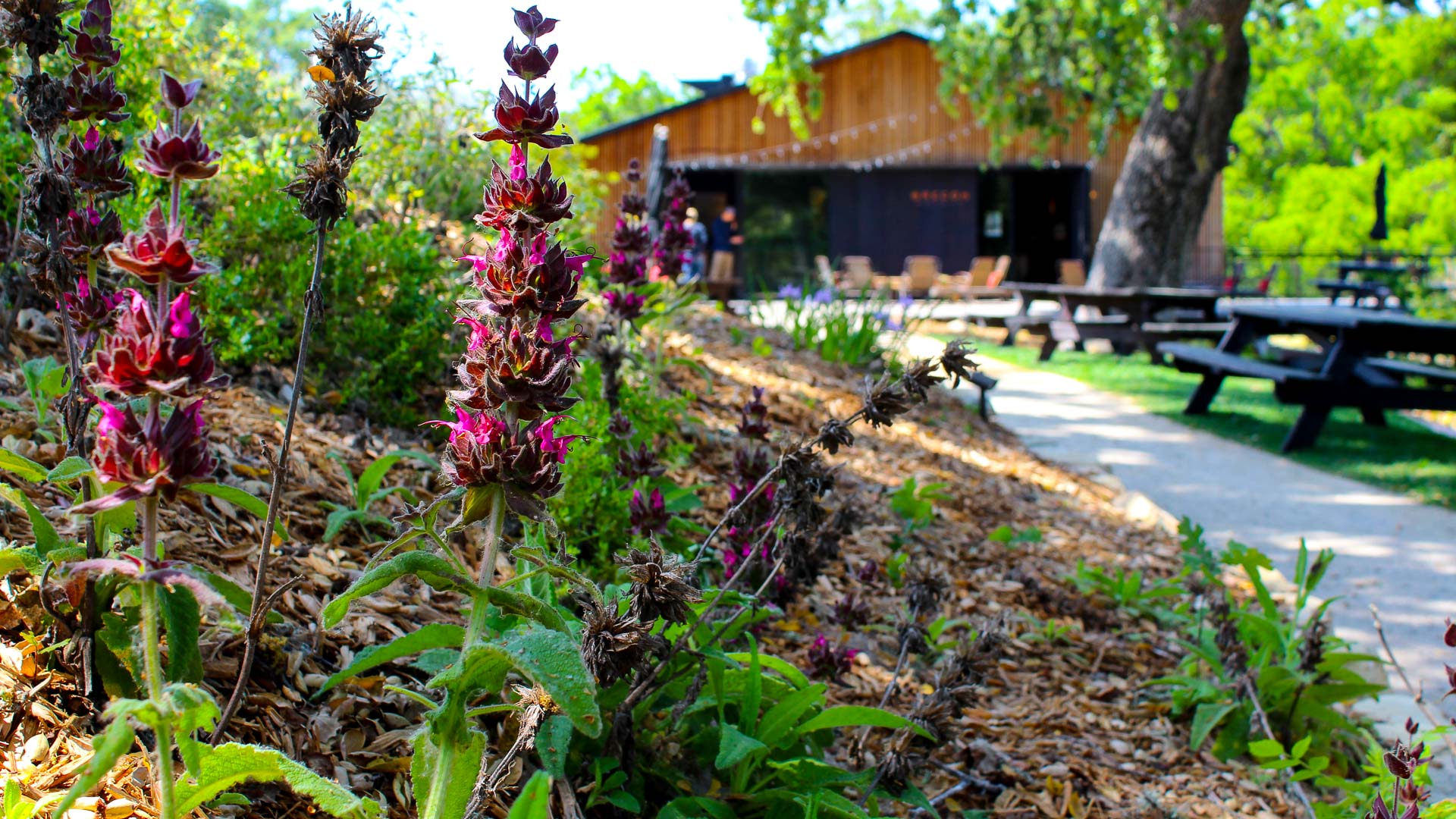
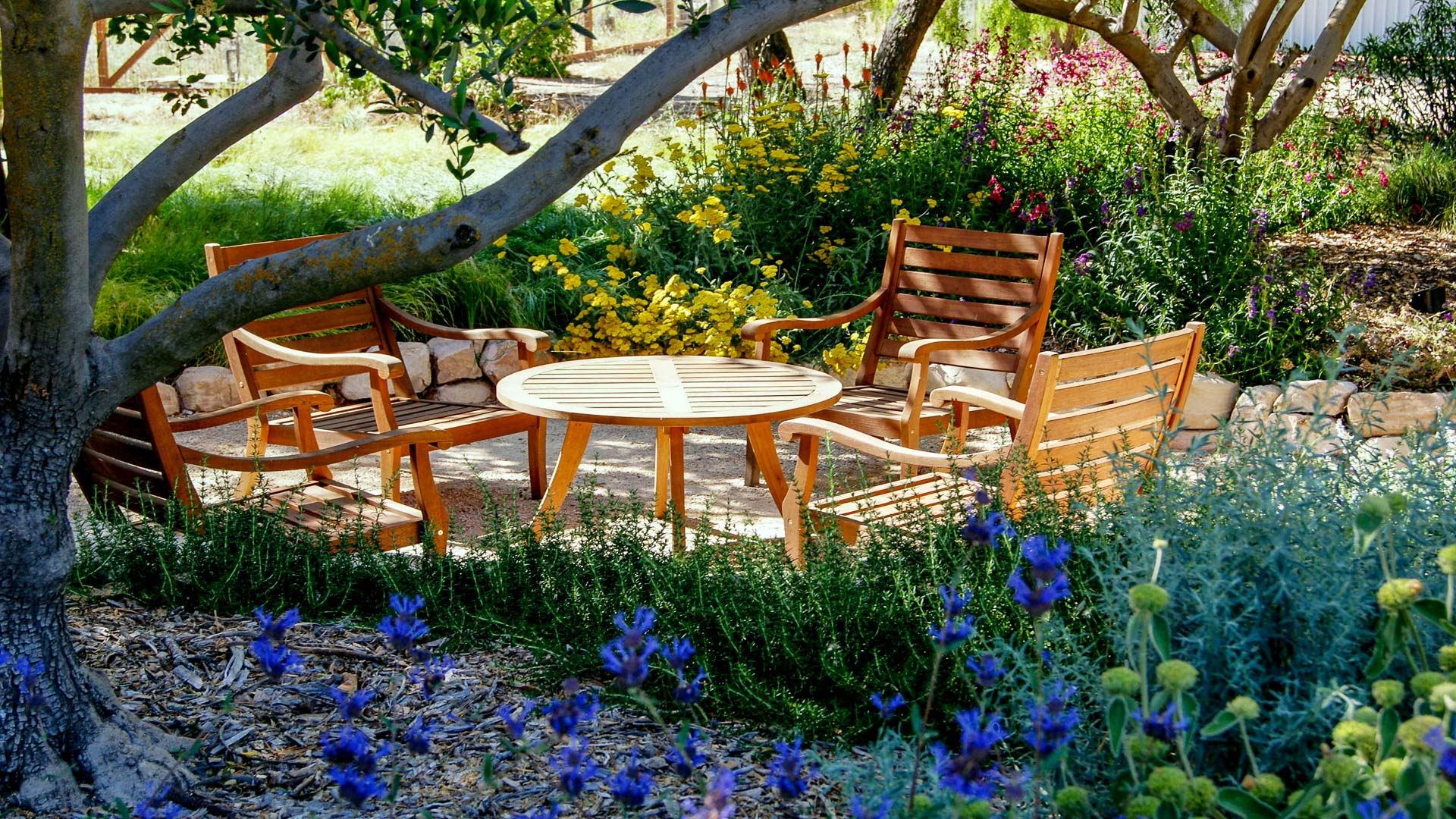


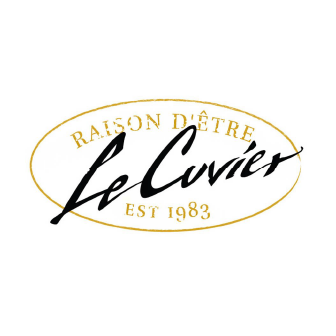
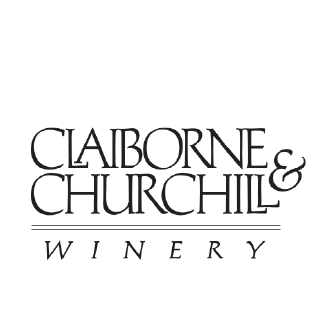

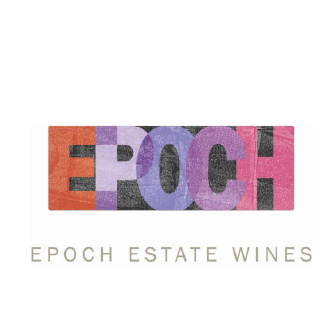





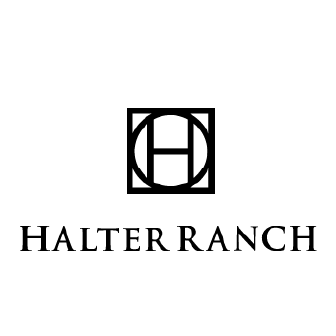

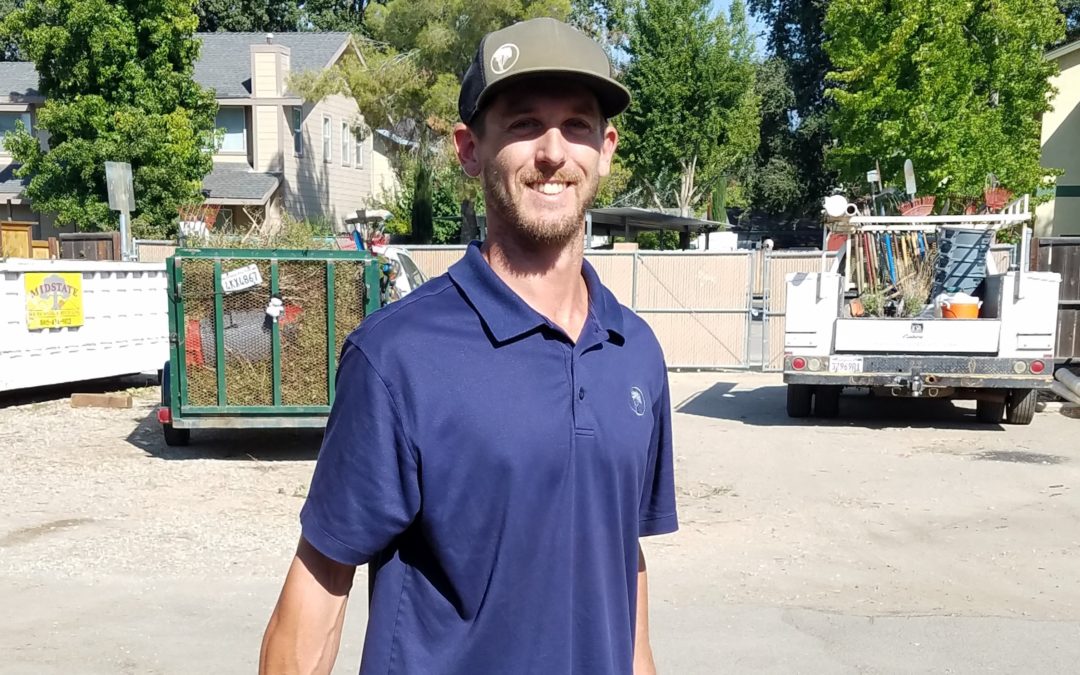
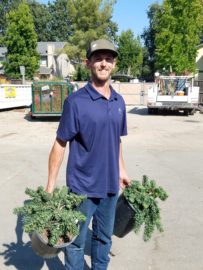 To continue off our “Meet the Team” segment, we would like to introduce a new-ish member of our team: Coner Boaen. Coner started out as our Service Technician, but is currently running his own crew as a Project Manager for our construction team. He hit the ground running and is doing an awesome job with our clients – thanks for all you do, Coner! See what he said when we asked him some questions about himself and the job:
To continue off our “Meet the Team” segment, we would like to introduce a new-ish member of our team: Coner Boaen. Coner started out as our Service Technician, but is currently running his own crew as a Project Manager for our construction team. He hit the ground running and is doing an awesome job with our clients – thanks for all you do, Coner! See what he said when we asked him some questions about himself and the job: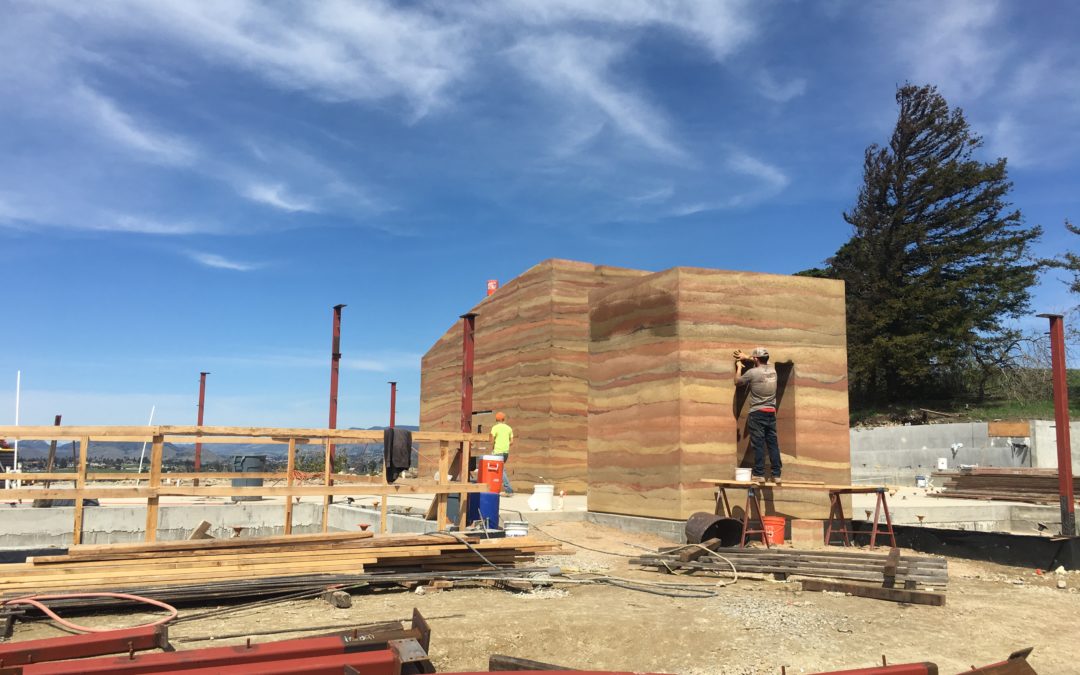
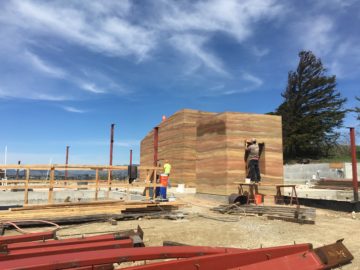 Just over four decades ago, Rick Mathews started hosting jazz programs at the local radio station KCBX; some of you might know him as the host of the weekly show Freedom Jazz Dance. At that time, Turko Semmes was the host of an evening blues program. In our small community, they quickly realized their shared interests extended beyond music, and included their day jobs: the design and build profession. Rick was starting Madrone Landscape; Turko was founding Semmes & Co. Builders. “I found a kindred spirit in Turko,” says Rick, “With our similar values of quality, integrity, and sustainability, coupled with our similar experiences starting businesses, we became extended family to one another.”
Just over four decades ago, Rick Mathews started hosting jazz programs at the local radio station KCBX; some of you might know him as the host of the weekly show Freedom Jazz Dance. At that time, Turko Semmes was the host of an evening blues program. In our small community, they quickly realized their shared interests extended beyond music, and included their day jobs: the design and build profession. Rick was starting Madrone Landscape; Turko was founding Semmes & Co. Builders. “I found a kindred spirit in Turko,” says Rick, “With our similar values of quality, integrity, and sustainability, coupled with our similar experiences starting businesses, we became extended family to one another.”